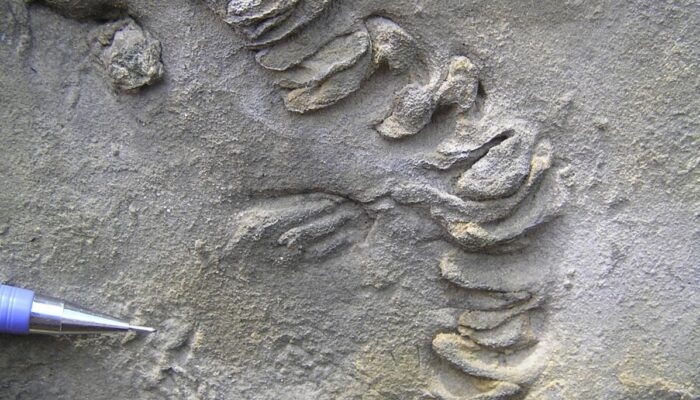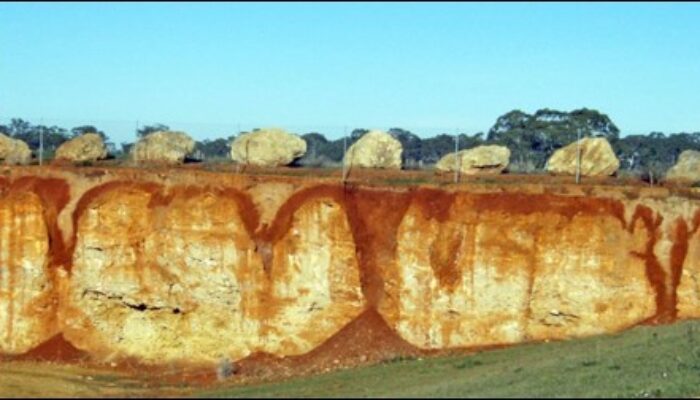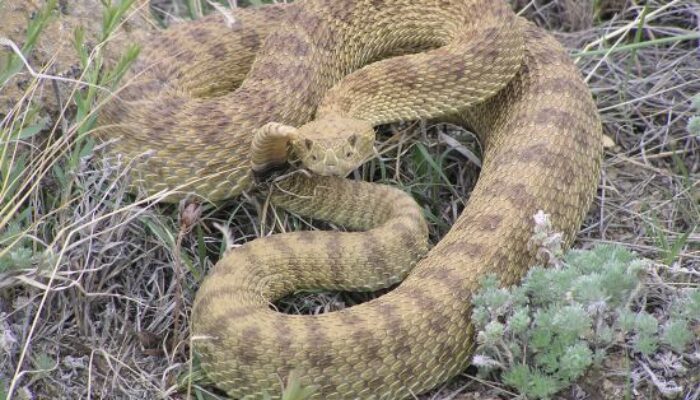Introduction Bird footprints are some of the most recognizable traces in the fossil record. Yet birds exhibit a wide variety of behaviours which may be preserved as ancient traces. Records include feeding traces like probing, nesting structures and possibly coprolites, but the study of the traces left by modern birds extends their scope to courtship-related scrapes, swimming and diving traces, bir ...[Read More]
A Story of Fertilizer and the Colour Purple
Introduction It is sometimes difficult to admit that you are (officially) a nerd, but I have a confession to make. I have collected dinosaurs on stamps for the last thirty years. Over 10,000 of these stamps have been issued across the world, and the vast majority of these issues are in my collection. One question that I am often asked is when the first dinosaur stamp was issued, which turns out to ...[Read More]
The Geology of Wine
I am sure that there are many geologists who take a keen interest in wine, and not just in drinking it. Explaining the vast diversity of quality, flavours and aromas is no simple task, and what fascinates me is the relative role of the geology, and the associated soils, in determining which vineyards are winners and losers. Many factors will influence the character of the wine, generally summarize ...[Read More]
Fiascos in the Field
Introduction There are always new things to learn about geology. Only today I discovered a stromatolite bed in a completely terrestrial setting. But behind any new discovery lies the logistic challenge in getting out into the field and, most importantly, staying safe. Over the years I have led many field trips and spent months in the field, mostly successful but with numerous hiccups along the way ...[Read More]




